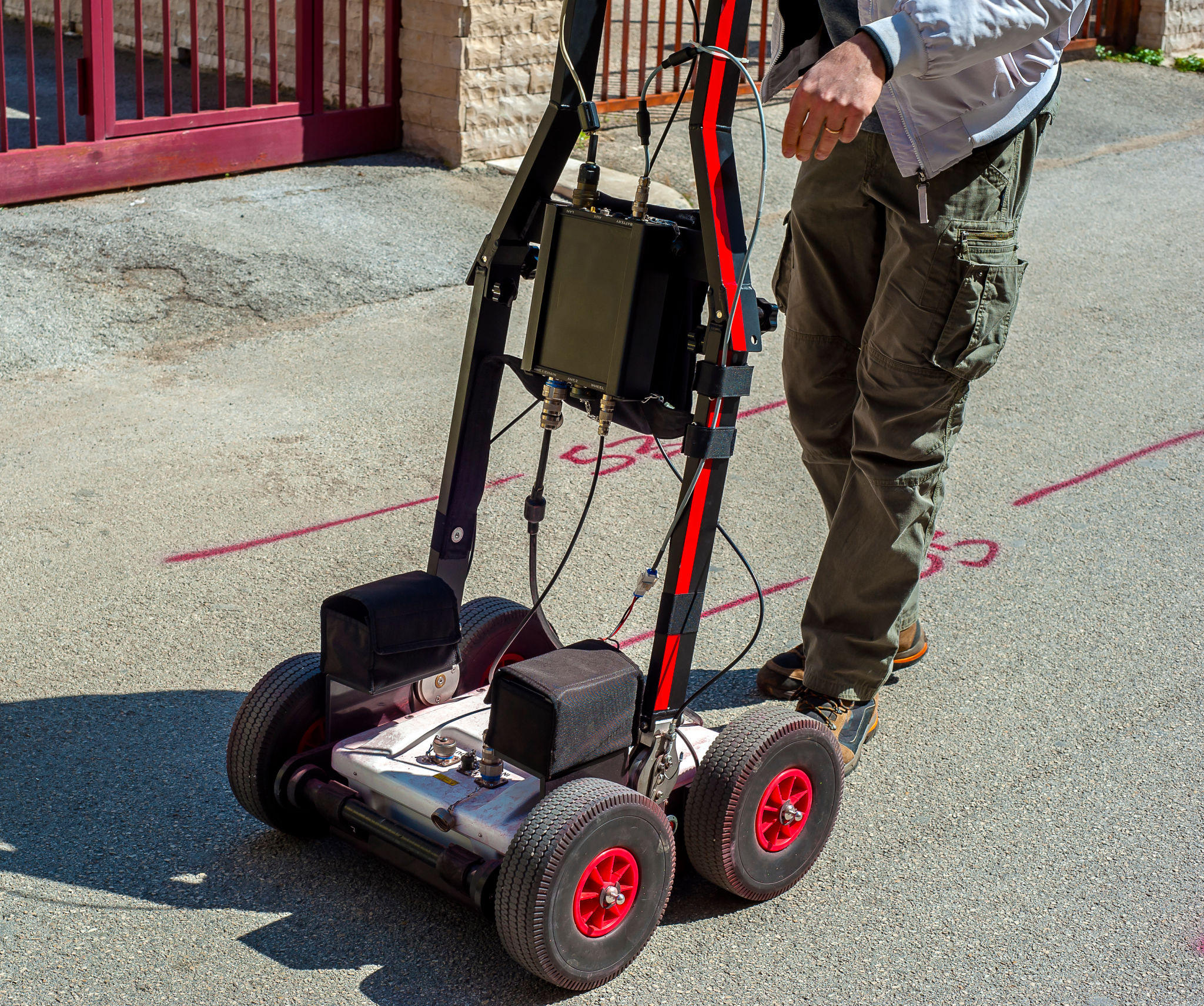Case Study: Successful Underground Utility Detection in a Complex Travis County Project
Introduction to the Travis County Project
Travis County, known for its vibrant community and bustling infrastructure, recently faced a significant challenge with a complex underground utility detection project. This endeavor required precision, expertise, and advanced technology to ensure success without disrupting the daily lives of its residents. This case study delves into the methodologies and solutions that led to the project's success.

The Challenge of Underground Utility Detection
Detecting underground utilities, especially in a densely populated area like Travis County, presents numerous challenges. The intricate network of cables, pipes, and other utilities beneath the surface can be difficult to map accurately. Additionally, the risk of damaging these utilities during construction activities necessitates meticulous planning and execution.
One of the primary concerns was ensuring that all existing utilities were accurately located and marked. This required a combination of traditional surveying methods and cutting-edge technology to create a comprehensive map of the underground infrastructure.
Innovative Solutions and Technologies Used
To tackle these challenges, the project team employed a range of innovative solutions. Advanced ground-penetrating radar (GPR) played a crucial role in detecting utilities with precision. This technology allowed the team to visualize underground structures in real-time, reducing the risk of any potential mishaps.

Additionally, electromagnetic induction was used to identify metallic utilities that might not be visible through GPR alone. This dual approach ensured a high level of accuracy and minimized the likelihood of missing any crucial utility lines.
Collaboration and Communication
An essential aspect of the project's success was the collaboration between various stakeholders. This included coordination with local government agencies, utility companies, and engineering firms. Regular communication ensured that every party was informed about the project's progress and any potential issues that arose.
This collaborative approach not only facilitated smoother operations but also fostered trust among all parties involved, which was pivotal for successful project completion.

Outcome and Success Factors
The successful completion of the Travis County underground utility detection project is a testament to the power of innovation and collaboration. The project was completed on time and within budget, with no significant disruptions or damage to existing utilities.
Key success factors included the use of advanced technology, effective stakeholder communication, and a dedicated team committed to excellence. These elements combined to create a blueprint for future projects in similar urban environments.
Lessons Learned and Future Implications
This case study provides valuable insights into the complexities of underground utility detection in urban areas. It highlights the importance of leveraging technology and fostering collaboration for successful project outcomes.
As urban development continues to expand, projects like this one in Travis County set a precedent for future endeavors. The lessons learned here will undoubtedly influence how similar projects are approached worldwide, ensuring safer and more efficient infrastructure development.
